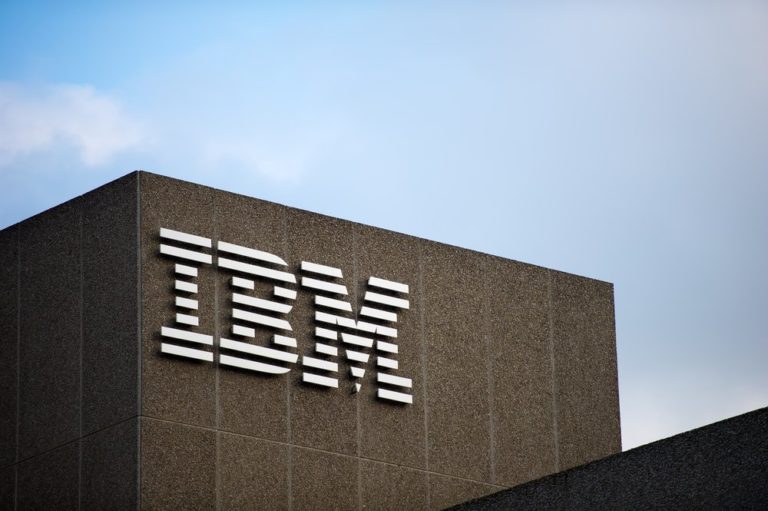IBM announced a new addition to its open-source Cloud-Native Toolkit that will allow developers to integrate machine learning and artificial intelligence apps to cloud-native environments, to produce scalable and reliable deployments.
Saishruthi Swaminathan, Sepideh Seifzadeh, and Carlos Santana, members of the IBM Center for Open-Source Data and AI technologies team, explained the addition in a blog post, saying that it was necessary to integrate and run AI and ML technologies in cloud environments.
In 2020, the team released the Elyra AI toolkit and said that the latest launch is a machine-learning, end-to-end pipeline toolkit residing in the Cloud-Native Toolkit.
What the team says
The IBM team wrote that using critical hybrid cloud capabilities like open source and Red Hat OpenShift, developers can deploy the new toolkit to get a starting point for transitioning to ML and AI-powered apps. This can range from Jupyter notebooks to production environments.
They added that it will help developers and data scientists speed up devs, deployment, and innovation of projects, using a set of approaches and tools that ensure they run well and optimize business value.
The researchers also said that the kit will save devs, by reducing the amount of work that comes with transitioning to the cloud.
More ML and AI in cloud-native environments
In recent times, the use of microservices has fueled the integration of technologies, with the team noting that devs are integrating AI and ML into cloud-native environments more.
The starter kits, the team added, are part of the IBM Cloud-Native Toolkit, which collects open-source assets to provide an environment to develop cloud-native apps for deployment in Kubernetes and Red Hat OpenShift.
IBM says that data scientists and developers can use the toolkit to create custom models as a microservice, using the MAX Framework.
